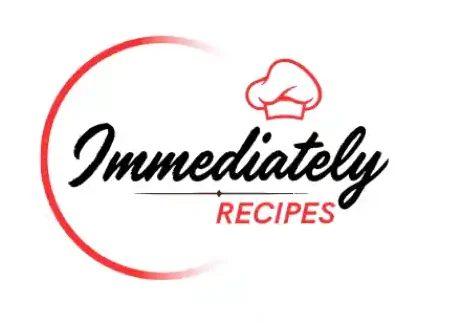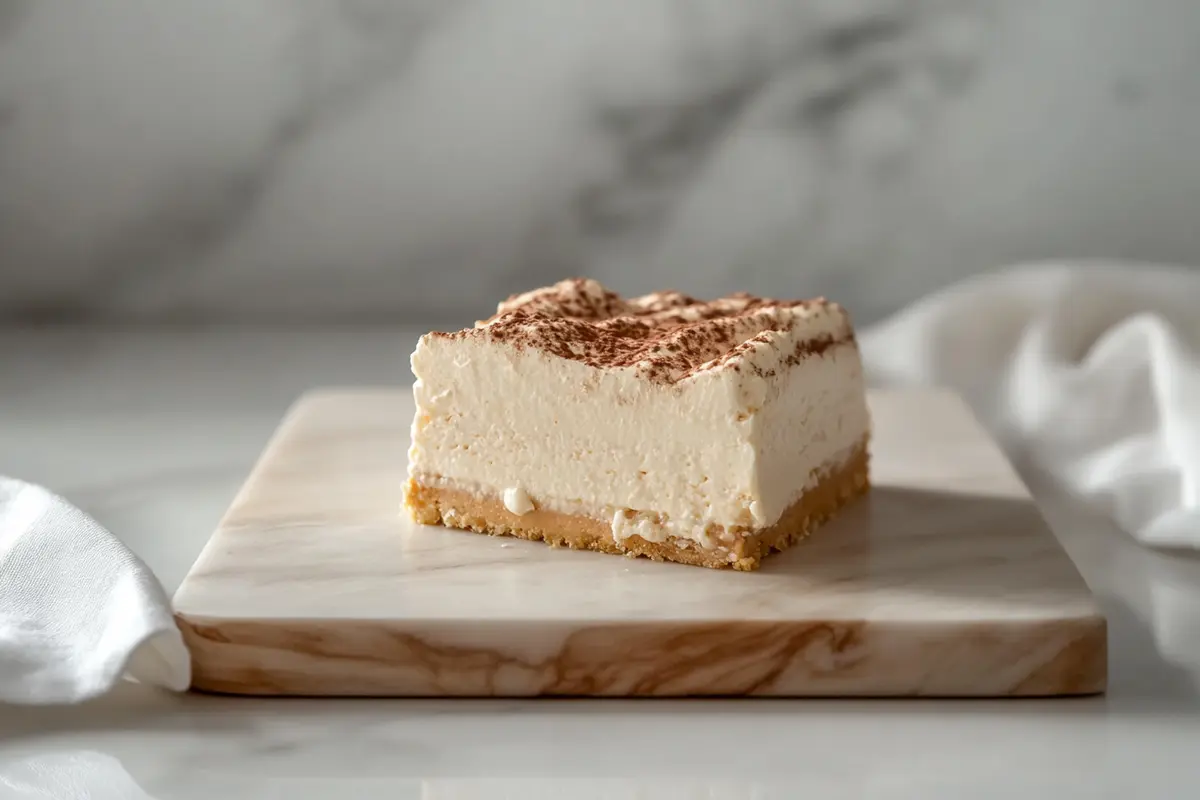Introduction
Sweet potato cheesecake combines the earthy richness of sweet potatoes with the creamy decadence of cheesecake, creating a dessert that feels like a warm hug on a chilly day. Whether you’re looking to impress at your next holiday gathering or just craving something indulgent, this recipe has got you covered! From selecting the freshest ingredients to achieving that silky-smooth filling and crispy crust, we’ll walk you through every step so you can bake like a pro.
Let’s dive into the world of sweet potato cheesecake and make a dessert that’ll have everyone coming back for seconds (or thirds).
Ingredients and Preparation
Ingredients for Sweet Potato Cheesecake
When it comes to crafting the perfect sweet potato cheesecake recipe, ingredients make all the difference. Each element works in harmony to create a balanced, flavorful dessert with that signature fall aroma.
Sweet Potato Filling Ingredients
- Sweet potatoes (about 2 medium-sized or 1 cup puree): Fresh is best, but canned unsweetened sweet potatoes work too.
- Cream cheese (16 oz): Full-fat cream cheese ensures a rich, creamy texture.
- Granulated sugar (1 cup): Adds the perfect sweetness without overpowering the natural flavors.
- Brown sugar (¼ cup): For a hint of caramel richness.
- Eggs (3 large): These bind everything together while keeping the filling light.
- Sour cream (½ cup): Adds tanginess and balances the sweetness.
- Vanilla extract (2 teaspoons): Enhances the overall flavor.
- Ground cinnamon (1 teaspoon) and nutmeg (¼ teaspoon): Classic fall spices that complement the sweet potatoes beautifully.
Crust Ingredients
- Graham cracker crumbs (1 ½ cups): You can also use crushed ginger snaps or digestive biscuits for added spice.
- Unsalted butter (6 tablespoons, melted): Helps bind the crumbs into a firm crust.
- Brown sugar (2 tablespoons): Adds a slight caramel note to the crust.
Preparation Steps
Preparing the Sweet Potatoes
Peeling and cooking sweet potatoes the right way is key! Start by baking them at 400°F until they’re fork-tender (usually 40-50 minutes). Baking intensifies their natural sweetness, but if you’re short on time, boiling works too. Mash them until smooth, or better yet, use a food processor for a creamy puree.
Pro tip: If you’re using canned sweet potatoes, drain them well and pat them dry before blending to avoid excess liquid.
Making the Cheesecake Crust
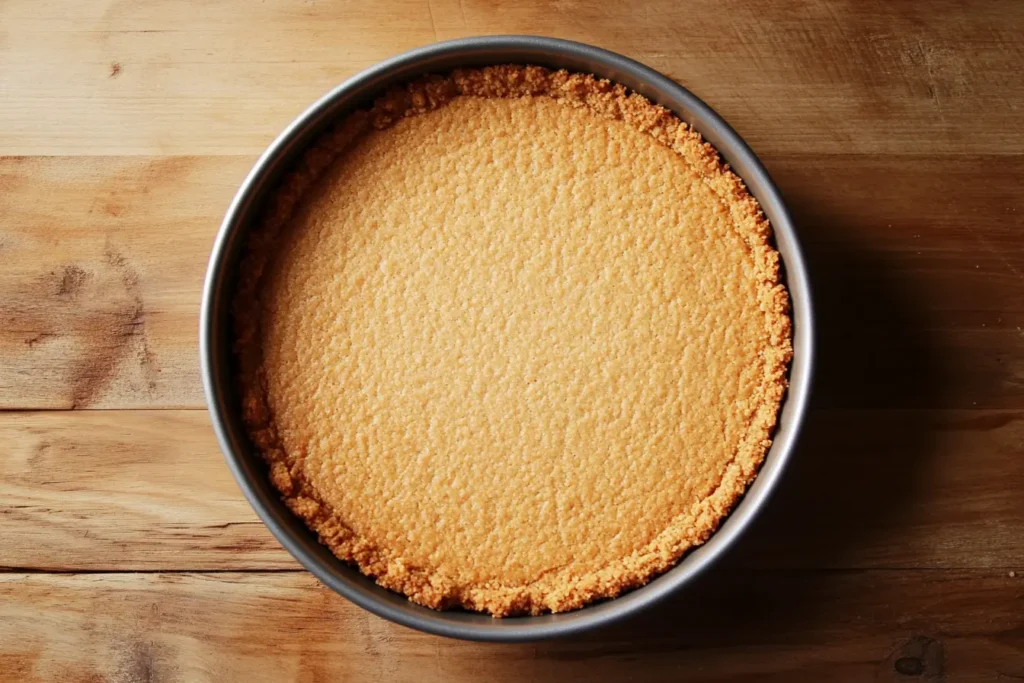
- In a bowl, mix graham cracker crumbs, melted butter, and brown sugar until evenly coated.
- Press the mixture firmly into the bottom of a springform pan (9-inch works best).
- Bake the crust at 350°F for 8-10 minutes until it’s slightly golden.
Why blind bake? It helps the crust hold up under the creamy filling and adds a subtle crunch that contrasts beautifully with the smooth cheesecake.
Mixing the Cheesecake Batter
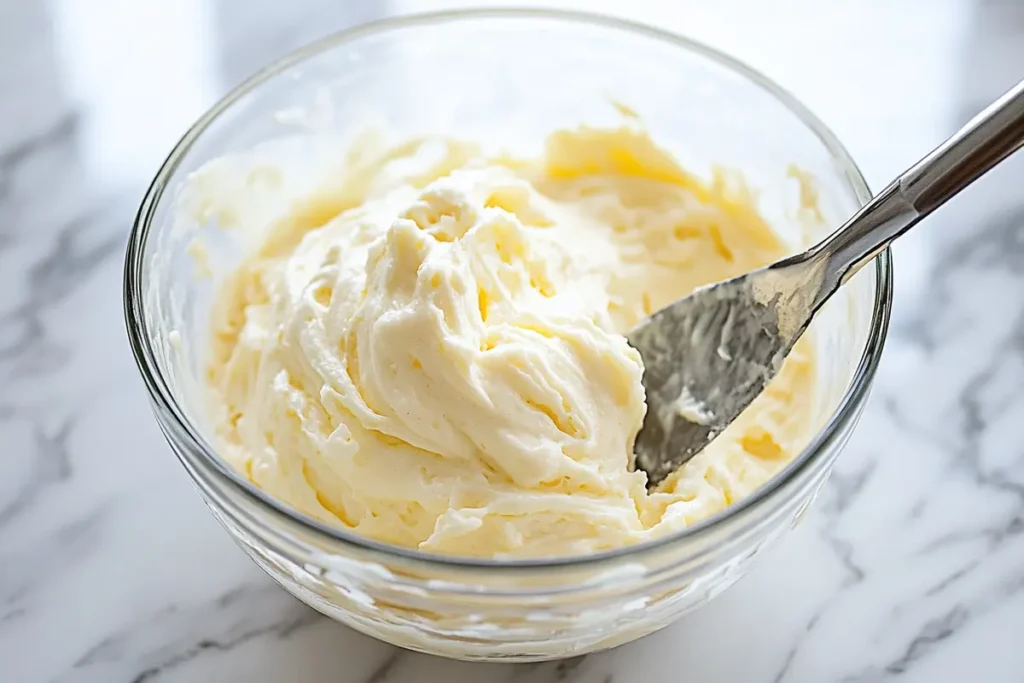
- Beat the cream cheese in a large bowl until smooth (no lumps allowed!).
- Add granulated sugar, brown sugar, and spices, mixing until fully incorporated.
- Blend in the mashed sweet potatoes, followed by the eggs—one at a time—to avoid overmixing.
- Stir in sour cream and vanilla extract until the mixture is silky and uniform.
By now, you’ll notice the batter has a warm, golden hue that promises rich flavor in every bite.
Baking and Cooling Process
Baking the Sweet Potato Cheesecake
Crafting the perfect cheesecake might seem intimidating, but with the right tips and tricks, it’s easier than you think—pun intended! Achieving a creamy center without cracks depends on using a low, even bake. A gentle approach ensures a velvety texture every time.
Oven Temperature and Timing
- Preheat your oven to 325°F for a low and steady bake.
- Pour the cheesecake batter into the prepared crust and spread it evenly with a spatula.
- To prevent the cheesecake from cracking, place the springform pan in a larger roasting pan and fill it with about an inch of hot water (this is your water bath).
The water bath helps regulate the temperature and keeps the filling moist, giving you a smooth, velvety texture.
Baking Time:
- Bake for 60–70 minutes, but keep an eye on it! The edges should be set, but the center should jiggle slightly—kind of like Jell-O when you tap the pan.
Pro tip: Don’t open the oven door too often, as temperature fluctuations can cause cracks.
Troubleshooting Common Baking Issues
- Cracked Cheesecake:
Cracks usually happen due to overbaking or sudden cooling. If you do get a crack, don’t sweat it—you can always hide it with toppings like whipped cream or caramel drizzle! - Undercooked Center:
If the middle is still liquidy after baking, turn off the oven and let the cheesecake sit inside for another 10 minutes. The residual heat will help firm it up without overcooking.
Cooling and Chilling
Once the cheesecake has baked to perfection, cooling it correctly is crucial.
- First, cool at room temperature: Let the cheesecake rest in the pan for 1 hour on the counter. This prevents it from sinking or cracking as it cools too quickly.
- Next, chill in the fridge: Cover the cheesecake (still in the pan) and refrigerate for at least 4 hours or, even better, overnight.
Why chill so long? Cheesecake flavors develop and become more pronounced as they chill. Plus, the texture firms up to that irresistible creamy consistency.
Decoration and Garnishing Ideas
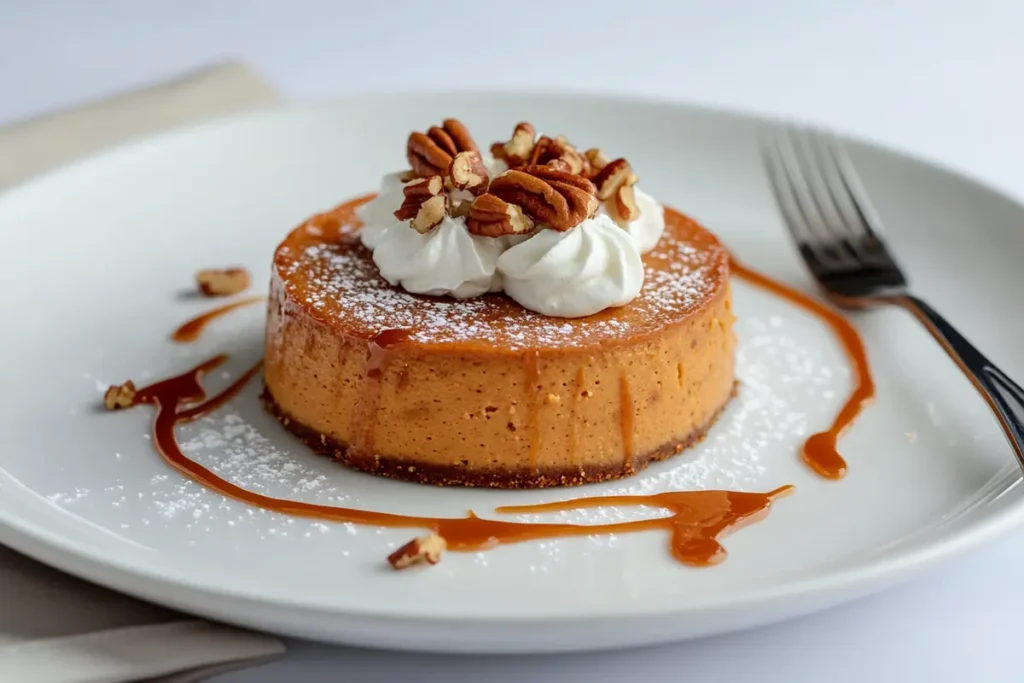
Once your cheesecake is chilled and set, it’s time to make it shine!
- Whipped cream swirls: Pipe dollops of whipped cream around the edges for an elegant touch.
- Caramel drizzle: Drizzle warm caramel sauce across the top for a sweet, buttery finish.
- Toasted pecans: Sprinkle chopped, toasted pecans for a delightful crunch.
You can even add a sprinkle of ground cinnamon or nutmeg on top for an extra burst of cozy flavor.
Serving Suggestions and Variations
Sweet Potato Cheesecake Nutritional Information (Per 100g)
| Nutrient | Amount (Per 100g) |
|---|---|
| Calories | 320 kcal |
| Total Fat | 22 g |
| Saturated Fat | 12 g |
| Cholesterol | 80 mg |
| Sodium | 250 mg |
| Total Carbohydrates | 26 g |
| Sugars | 20 g |
| Dietary Fiber | 1 g |
| Protein | 5 g |
How to Serve Sweet Potato Cheesecake
Serving cheesecake isn’t just about cutting slices—it’s about creating an experience! Here’s how to serve your sweet potato cheesecake recipe like a pro:
- Serve chilled: Sweet potato cheesecake tastes best when cold, as the flavors have time to meld and deepen.
- Perfect slices: For clean cuts, use a sharp knife dipped in hot water and wiped clean between slices.
- Pairings: Serve with hot coffee, spiced tea, or apple cider for a cozy, autumnal treat, especially if you love cozy baked goods.
Want to go the extra mile? Add a dollop of whipped cream on each slice and garnish with a small cinnamon stick or toasted pecan for a picture-perfect plate.
Recipe Variations
The beauty of this fall dessert is how versatile it is. You can switch up the ingredients or presentation to fit any mood or occasion.
Sweet Potato Cheesecake with Gingersnap Crust
Swap the graham cracker crust for crushed gingersnap cookies. The spicy notes of ginger, cloves, and molasses elevate the cheesecake’s flavor and add a festive holiday flair.
Mini Sweet Potato Cheesecake Bites
Make individual cheesecake bites by using a muffin tin lined with cupcake liners—perfect for individual servings, similar to brownie cupcakes recipe. Press a small amount of crust into each liner, pour in the filling, and bake for 20–25 minutes. These are perfect for parties, where guests can grab and go without needing a plate and fork!
Swirl Variation
Want to add some visual drama? Swirl a few spoonfuls of cream cheese or caramel into the sweet potato batter before baking. This creates a marbled effect that looks fancy without any extra effort.
Vegan and Gluten-Free Options
- Vegan cheesecake: Use plant-based cream cheese, coconut cream instead of sour cream, and flaxseed ‘eggs’ if you’re looking for healthy cheesecake alternatives.
- Gluten-free crust: Substitute traditional graham crackers with gluten-free cookies or almond flour.
Low-Sugar Option
Cut back on sugar by using a sugar substitute like monk fruit or erythritol and opting for unsweetened toppings.
These variations make your sweet potato cheesecake adaptable for any dietary need or celebration.
Frequently Asked Questions About Sweet Potato Cheesecake Recipe
When making this dessert, you may run into a few questions. Don’t worry—I’ve got answers for all the common queries so you can bake confidently!
Can I use canned sweet potatoes for cheesecake?
Absolutely! Canned sweet potatoes work well as long as they’re unsweetened. Be sure to drain any excess liquid and pat them dry before blending to maintain the right texture.
How do I prevent my cheesecake from cracking?
Cracking is often caused by sudden changes in temperature or overmixing. Here are some tips:
Use a water bath to create gentle, even heat.
Avoid overbaking—remember that the center should still jiggle slightly.
Let the cheesecake cool slowly at room temperature before refrigerating.
Can I freeze sweet potato cheesecake?
Yes! Sweet potato cheesecake freezes beautifully. Wrap it tightly in plastic wrap and aluminum foil, then store it in the freezer for up to 3 months. To serve, thaw it in the fridge overnight.
What spices work best in sweet potato cheesecake?
Cinnamon and nutmeg are the stars, but you can also add ginger, cloves, or a touch of allspice for a bolder, spiced flavor.
How long does it take to make a sweet potato cheesecake?
The whole process takes about 5-6 hours (including chilling). Here’s the breakdown:
Preparation: 30 minutes
Baking: 1 hour
Cooling and chilling: 4 hours or overnight
What can I use instead of a graham cracker crust?
You can use crushed digestive biscuits, ginger snaps, or even finely chopped toasted pecans mixed with butter and sugar for a nutty twist.
Conclusion:
Sweet potato cheesecake combines the best of fall flavors with the creamy richness we love in a classic dessert. Whether you’re making it for a holiday gathering, a family dinner, or a cozy weekend indulgence, it’s sure to impress. From the velvety filling to the buttery crust and endless topping possibilities, this dessert is as versatile as it is delicious, just like other cheesecake recipe ideas.
So, what are you waiting for? Grab those sweet potatoes, and let’s get baking—you’ll be the talk of the table!
